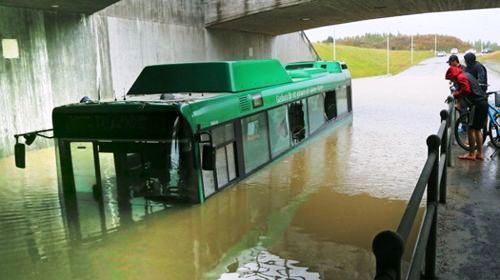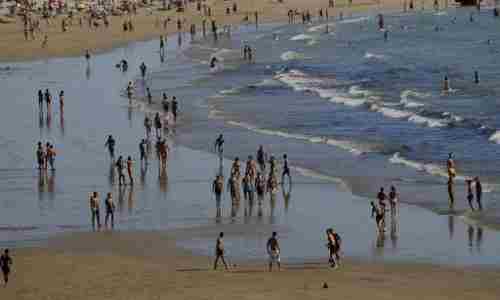Canada, for instance, has long maintained that the Northwest Passage falls under Canadian sovereignty, while the U.S. maintains it is an international strait. As long as the passage was essentially unnavigable, the issue was moot, but increasing accessibility could bring the U.S. into dispute with its northern neighbour, the researchers warn.
The increasing viability of shipping routes through the Arctic is also likely to increase pressure on the U.S. to ratify the United Nations Convention on the Law of the Sea. Some newly accessible shipping lanes would pass through waters over which the U.S. could make internationally accepted sovereignty claims if it ratified the treaty, the researchers said. Countries that claim sovereignty are able to lay down rules for the vessels that pass through their waters. Russia, which controls the Northern Sea Route, currently requires shipping companies to pay steep fees for escort vessels to accompany their fleets.
The unprecedented new navigation routes that are expected to open up could allow shipping companies to side-step these escort fees and other Russian regulations, but these new lanes could take Polar Class 6 vessels and even common ships into less-regulated international waters.
While attractive to business, the lack of regulations poses safety, environmental and legal issues that have yet to be resolved, the researchers stress. The prospect of open-water ships entering the Arctic Ocean in late summer heightens the urgency for comprehensive international regulations that provide adequate environmental protections, vessel safety standards, and search-and-rescue capability, they said.
“The Arctic is a fragile and dangerous place,” Smith said.
Source: By Meg Sullivan, UCLA.














